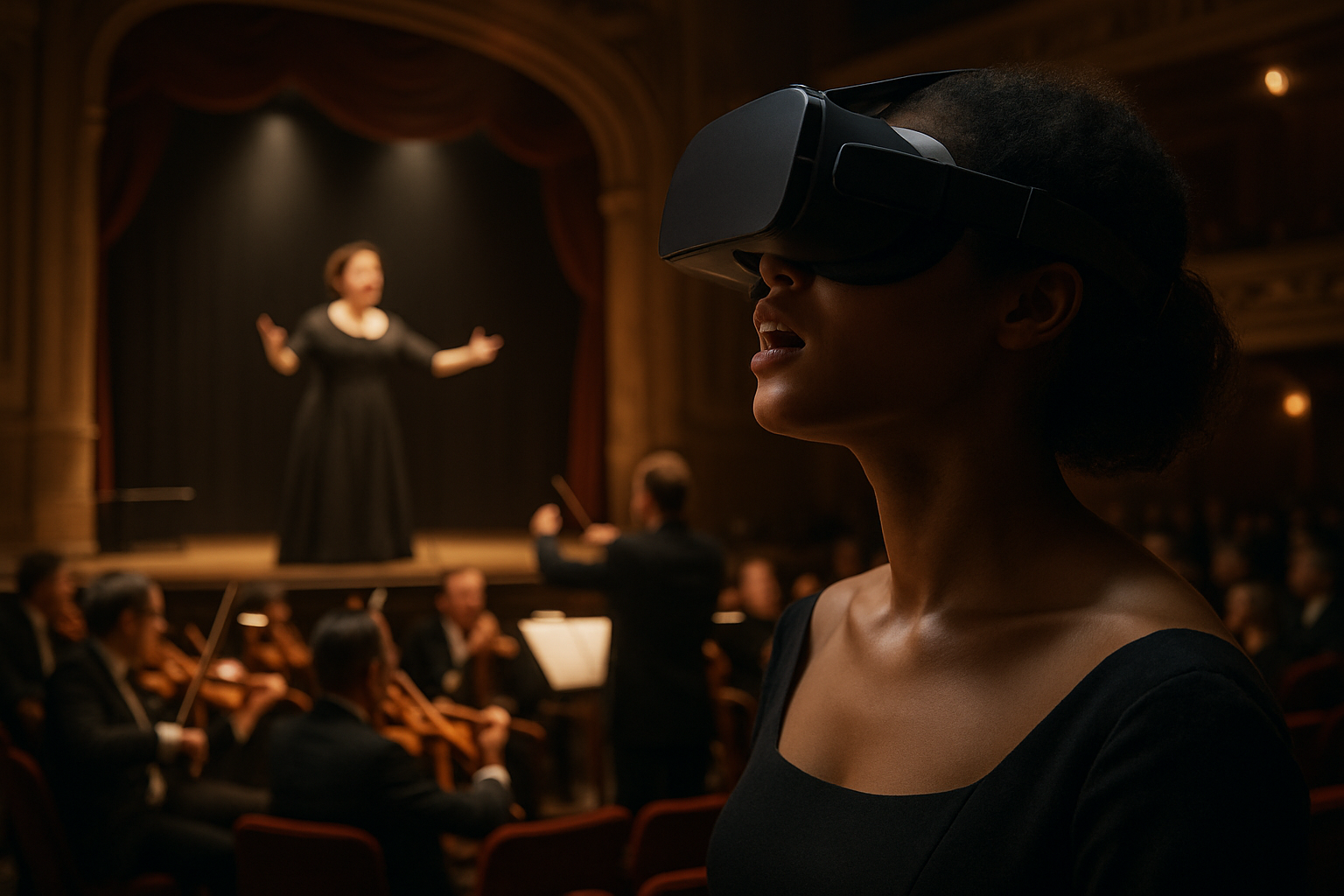Holographic Performances: The Next Frontier in Live Entertainment
In the ever-evolving landscape of live entertainment, a groundbreaking technology is reshaping the way we experience concerts, theater, and beyond. Holographic performances, once confined to the realm of science fiction, are now taking center stage in venues around the world. This cutting-edge fusion of art and technology is not only revolutionizing the entertainment industry but also challenging our perceptions of presence and reality. As holographic performances gain traction, they promise to redefine the boundaries of creative expression and audience engagement.

Pushing the Boundaries of Live Performance
Holographic performances offer a unique blend of the tangible and the virtual. Artists can now appear on multiple stages simultaneously, bridging geographical gaps and reaching wider audiences. This technology has been particularly transformative for the music industry, allowing deceased artists to perform alongside living ones, creating once-in-a-lifetime collaborations that transcend time and space.
The Technical Marvels Behind the Illusion
The creation of a holographic performance involves a complex interplay of cutting-edge technologies. High-resolution projectors, motion capture systems, and advanced computer graphics work in tandem to create lifelike, three-dimensional images. The Pepper’s Ghost technique, a 19th-century illusion method, has been modernized and combined with these technologies to produce stunningly realistic holographic projections.
Ethical Considerations and Artistic Integrity
As holographic performances become more prevalent, they raise important ethical questions. The use of deceased artists’ likenesses has sparked debates about posthumous rights and the authenticity of such performances. Additionally, concerns about the potential exploitation of artists’ images and the impact on live performers’ livelihoods have emerged. These ethical dilemmas challenge the entertainment industry to establish new guidelines and regulations for holographic performances.
The Future of Holographic Entertainment
The potential applications of holographic technology in entertainment are vast and largely untapped. From immersive theater experiences to interactive museum exhibits, holograms offer new ways to engage audiences and tell stories. As the technology continues to evolve, we can expect to see more innovative uses across various art forms, blurring the lines between the physical and digital realms of performance.
The Impact on Traditional Live Events
While holographic performances offer exciting new possibilities, they also pose challenges to traditional live events. Venues and event organizers must adapt to accommodate the technical requirements of holographic shows. Moreover, the question of whether holographic performances can truly replicate the energy and connection of live performances remains a topic of debate among artists and audiences alike.
Holographic Performances in Education and Cultural Preservation
Beyond entertainment, holographic technology holds immense potential for education and cultural preservation. Historical figures can be brought to life in classrooms, offering students interactive learning experiences. Museums and cultural institutions can use holograms to showcase rare artifacts or recreate lost cultural heritage, making history more accessible and engaging for new generations.
The Economic Implications of Holographic Entertainment
The rise of holographic performances is reshaping the economics of the entertainment industry. While the initial costs of developing and implementing the technology are substantial, holographic shows offer new revenue streams and cost-saving opportunities. Artists can potentially earn from performances long after they’ve retired or passed away, and promoters can organize events with reduced logistical challenges.
Audience Reception and the Future of Fan Engagement
As holographic performances become more commonplace, audience reactions have been mixed. While many are fascinated by the technology and the unique experiences it offers, others feel that it lacks the authenticity of traditional live performances. The entertainment industry is now tasked with finding ways to create holographic shows that not only dazzle with technology but also forge genuine connections with audiences.





